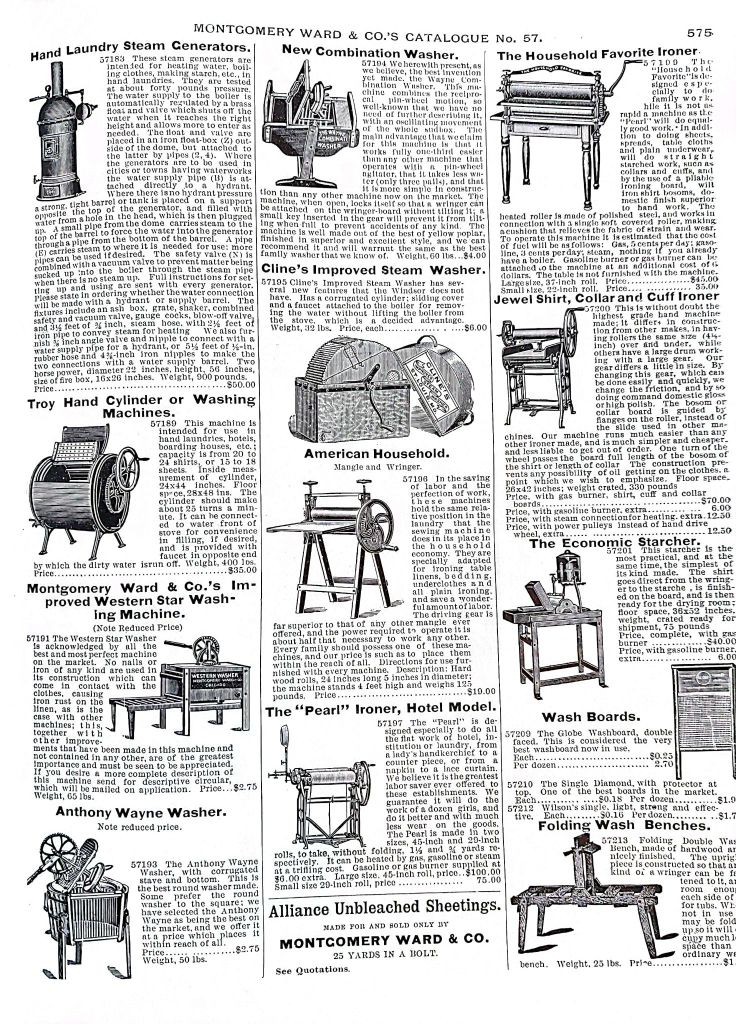Written by: Colby Parkkila, Historical Interpreter, Rutherford House Provincial Historic Site
Within the walls of Rutherford House, the home of Alberta’s first premier Alexander Cameron Rutherford, there are numerous artifacts that are displayed for public viewing. While some items receive plenty of attention, such as Mrs. Rutherford’s piano, Alexander’s bust of Prime Minister Wilfred Laurier, or Mrs. Rutherford’s china, there are many that receive considerably less attention. However, each of these items, big or small, are representative of stories and histories that are deeper and more important than they first appear.
One of these often overlooked artifacts sits atop a nondescript doily on the second shelf of a side table in the library of Rutherford House – a silver-plated brick-laying trowel. Often missed simply because of its slightly obscured location, the trowel appears unassuming at first. After all a trowel is merely a working man’s implement. However, upon closer inspection more is revealed to the keen-eyed observer.

Immediately noticeable is the trowel’s material. Unlike most other trowels, it is not made of wood and metal, but is silver-plated with ornate flowers carved into the handle and a decorative border added to its blade. Both elements suggest that the trowel is not meant for use in construction, but for display and commemorative purposes. Upon closer inspection, an inscription can also be found, reading “Presented to Hon. A. C. Rutherford by Medicine Hat School District No. 76. Laying of Corner Stone Sept 3. ‘09.” The inscription provides some valuable information regarding the provenance and the occasion during which Alexander received this trowel. However, it also raises additional questions: What was this school and why was Alexander present at the laying of its corner stone?
Read more

